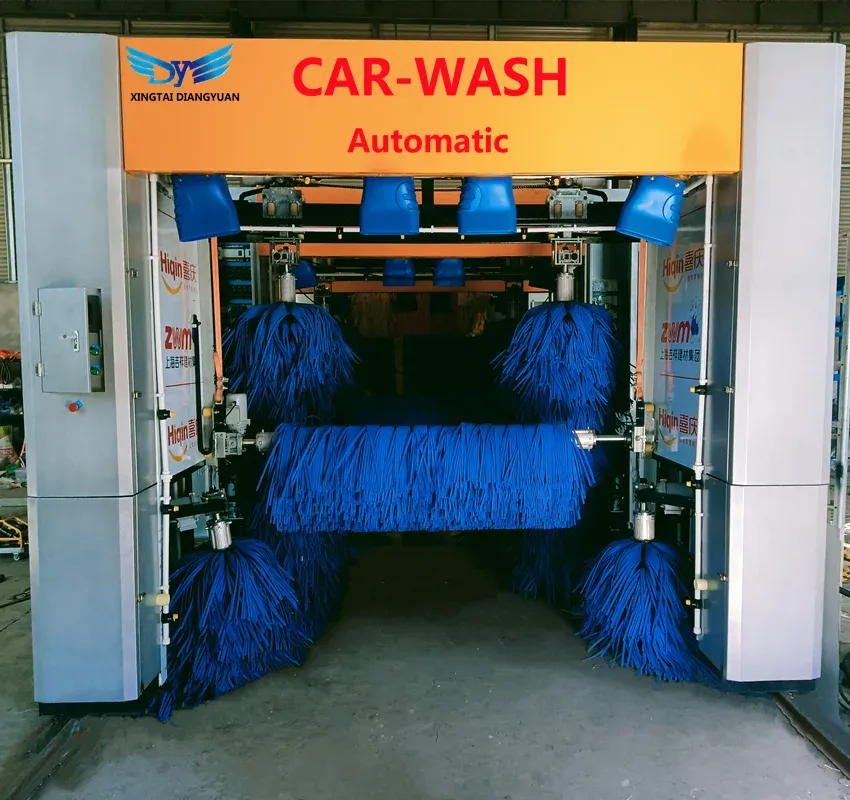
- Afrikaans
- Albanian
- Amharic
- Arabic
- Armenian
- Azerbaijani
- Basque
- Belarusian
- Bengali
- Bosnian
- Bulgarian
- Catalan
- Cebuano
- Corsican
- Croatian
- Czech
- Danish
- Dutch
- English
- Esperanto
- Estonian
- Finnish
- French
- Frisian
- Galician
- Georgian
- German
- Greek
- Gujarati
- Haitian Creole
- hausa
- hawaiian
- Hebrew
- Hindi
- Miao
- Hungarian
- Icelandic
- igbo
- Indonesian
- irish
- Italian
- Japanese
- Javanese
- Kannada
- kazakh
- Khmer
- Rwandese
- Korean
- Kurdish
- Kyrgyz
- Lao
- Latin
- Latvian
- Lithuanian
- Luxembourgish
- Macedonian
- Malgashi
- Malay
- Malayalam
- Maltese
- Maori
- Marathi
- Mongolian
- Myanmar
- Nepali
- Norwegian
- Norwegian
- Occitan
- Pashto
- Persian
- Polish
- Portuguese
- Punjabi
- Romanian
- Russian
- Samoan
- Scottish Gaelic
- Serbian
- Sesotho
- Shona
- Sindhi
- Sinhala
- Slovak
- Slovenian
- Somali
- Spanish
- Sundanese
- Swahili
- Swedish
- Tagalog
- Tajik
- Tamil
- Tatar
- Telugu
- Thai
- Turkish
- Turkmen
- Ukrainian
- Urdu
- Uighur
- Uzbek
- Vietnamese
- Welsh
- Bantu
- Yiddish
- Yoruba
Ideal Pressure Washer PSI for Effective Car Cleaning
Understanding the Ideal PSI for Pressure Washing Cars
When it comes to maintaining the beauty and integrity of your car, pressure washing can be an effective way to remove dirt, grime, and stubborn stains. However, not all pressure washers are created equal, and one of the most important specifications to consider is the PSI, or pounds per square inch. But what is the ideal PSI for pressure washing cars? Let's delve into the details to ensure you get the best results without damaging your vehicle.
What is PSI?
PSI stands for pounds per square inch, a unit of measurement that indicates the water pressure being expelled by a pressure washer. Typically, pressure washers range from around 1,300 PSI to over 4,000 PSI. Higher PSI values provide more intense cleaning power, but they can also cause unintended damage to delicate surfaces when not used appropriately.
Recommended PSI for Cars
For washing cars, a pressure washer with a PSI rating between 1,500 and 2,500 is generally recommended. This range is powerful enough to remove most dirt and grime while being gentle enough to protect your vehicle's paint. Using a pressure washer that exceeds this range could result in paint damage or even denting, especially if the nozzle is held too close to the surface or if the wrong attachment is used.
- 1,500 - 2,000 PSI This range is ideal for typical vehicles. It provides enough pressure to clean effectively without the risk of damaging the paint or glass. It's perfect for removing road grime and dust that accumulate over time.
- 2,000 - 2,500 PSI This range is suitable for tougher cleaning jobs and can work well for vehicles that are especially dirty or covered in stubborn substances like bird droppings or tree sap. However, caution must be exercised to prevent damage; it’s best to start at a greater distance and gradually move closer to avoid potential harm.
Choosing the Right Nozzle
In addition to the PSI, the type of nozzle used with the pressure washer plays a crucial role in the cleaning process. Most pressure washers come with interchangeable nozzle tips that adjust the spray pattern and intensity.
good psi for pressure washer for car

- 0-degree nozzle Produces a very concentrated jet of water, which can clean particularly stubborn stains but can also cause damage if used too close to the vehicle. This nozzle should generally be avoided for washing cars.
- 25-degree or 40-degree nozzle These nozzles offer a wider spray pattern that is less likely to damage the paint while still providing effective cleaning power. The 25-degree nozzle is typically recommended for most car cleaning tasks.
Additional Tips for Pressure Washing Cars
1. Maintain Distance Keeping the nozzle approximately 2-3 feet away from the car surface can help prevent damage. Always be cautious when approaching edges, decals, and areas around windows.
2. Use a Soap Attachment Many pressure washers include a soap attachment that allows you to apply specially formulated car wash soap. This can enhance the cleaning process and help remove dirt and grease more effectively.
3. Pre-Rinse Before Pressure Washing It’s advisable to rinse your car with water before applying pressure. This helps to loosen dirt and debris, making the pressure washing process more effective.
4. Check for Loose Parts Inspect your car for loose trim or accessories that could be dislodged during the washing process.
5. Dry Properly After Washing After pressure washing, dry your vehicle using a microfiber towel to prevent water spots and streaks.
Conclusion
Pressure washing your car can rejuvenate its appearance and protect its surfaces when done correctly. By selecting the right PSI between 1,500 and 2,500 and using appropriate nozzles, you can achieve a thorough clean without the risk of damage. As with any cleaning method, taking precautions and understanding your equipment is key to achieving the best results. Happy washing!
-
Integrating Aqua Tunnel Car Wash in Shopping CentersNewsJun.24,2025
-
Gas Station with an Auto Car Wash MachineNewsJun.24,2025
-
Efficiency in Your Aqua Tunnel Car Wash: Power & Water-SavingNewsJun.24,2025
-
Car Wash Business with Advanced Auto Car Cleaning MachinesNewsJun.24,2025
-
Balancing Setup Costs with Aqua Tunnel Car WashNewsJun.24,2025
-
Aqua Tunnel Car Wash: Eco-Design for the Energy-Savvy EntrepreneurNewsJun.24,2025



